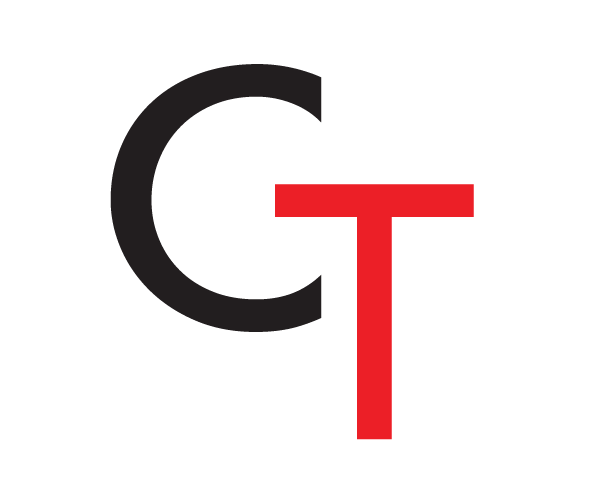The average squash player knows that cut (often used interchangeably with 'backspin') is important on drop shots, but not many players know how it can be used on every single shot in squash.
Professional players will hit almost every single shot with cut.
Just as topspin allows a tennis player to apply more pressure on a ground stroke, backspin allows a squash player to hit more severe drops, kills, boasts and lengths.
More specifically, hitting with cut has the following three effects:
- After striking, the ball will travel in a straight line. This is why it's not used in tennis very often; the ball will fly in a straight line and will go out of court.
- When the ball hits the front wall it will cut down very quickly.
- The ball will not bounce as high and as a result it will die much faster.
How Cut Affects Each Shot in Squash
Drops: Hitting drops with cut results in a more accurate shot that dies quicker. It's more accurate because of the straight line effect (1). If you hit a drop with topspin or no spin ("flat"), the ball is more likely to curve down and hit the tin. A drop hit with cut will die quicker due effects 2 and 3.
Kills: Hitting kills with cut results in a more accurate shot that dies quicker for the same reasons as in Drops.
Boasts: Hitting boasts with cut results in a more accurate shot that dies quicker for the same reasons as in Drops.
Lengths: The effects of cut on a length are a bit more complicated but still very important. The goal of a length shot is to get the ball past your opponent and force them to hit out of the corner. The perfect length needs to bounce at the bottom of the service box without bouncing too far off the back wall. This is only possible if there is backspin on the ball to make it die.
This rally between Farag and Shorbagy is a perfect example (video credit SquashTV):
Every time a length shot is hit too short, it's picked up very easily on a lunge across the middle whereas the perfect length shots get past the opponent. Each shot here is hit with cut which shortens how far the ball will bounce off the back wall.Hitting Without Cut
The problem with a flat length (no backspin or topspin) is that it will bounce too far off the back wall into a prime hitting zone for your opponent. You might think to fix this by not hitting as deep, but a flat shot that bounces near the top of the service box will be picked up across the middle of the court.
The perfect length needs to bounce at the bottom of the service box without bouncing far off the back wall.
How to Hit with Cut
First make sure you have some good strings in your racquet. The best strings for cut are Tecnifibre 305 strings. Make sure to get your racquet strung at a tension of 26lbs or higher. Tecnifibre strings will also give auditory feedback by making a biting sound ("tch") when cut is used.
There are two ways to get cut on the ball. The first way is to strike the ball with an open face. The second way is to swing down on the ball. When used together these will impart more than enough backspin to have the desired effects described above.
The perfect amount of cut is a function of hitting down on the ball and hitting through the ball but the best way to see this is to experiment!
Get on court and experiment with the racquet face and swing path. Try hitting backspin, topspin and flat shots. Compare what happens when it hits the front wall. Hit some lengths and compare how a flat ball and how a cut ball dies in the back court.
Once you can see it go watch the pros. When you know what you're looking for you'll see it!
Troubleshooting
If the ball is popping up a bit it's likely because you aren't accelerating through the shot. Without acceleration the ball won't grab onto the strings and as a result the ball will pop up.
If the ball is hitting the tin a lot it's likely because you are using too steep of a downward swing. It's important that the swing still goes through the ball and towards the target, and not towards the ground!
If you would like to read more about how to choose a squash racquet please download our guide to buying a squash racquet by filling out the form below.
Would you like to learn more about how to choose a squash racquet?
Click the "Download Now" button below to download our guide to buying a squash racquet.

